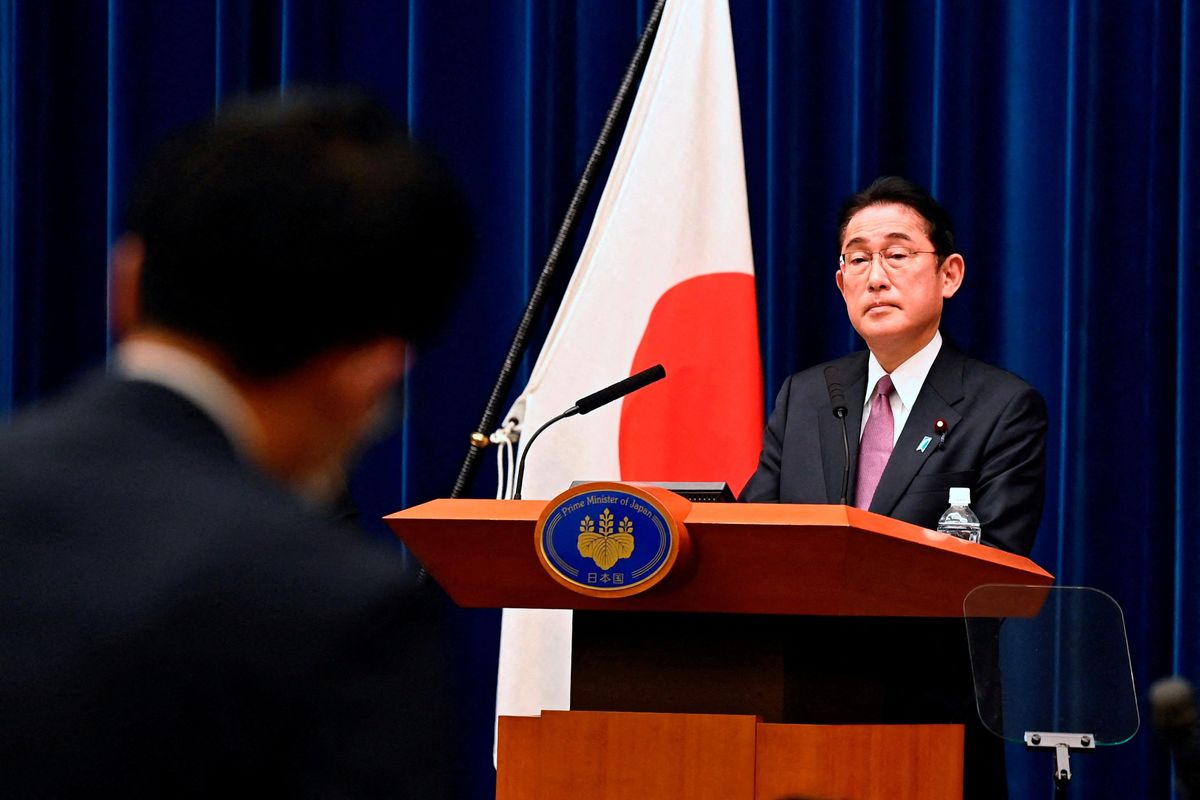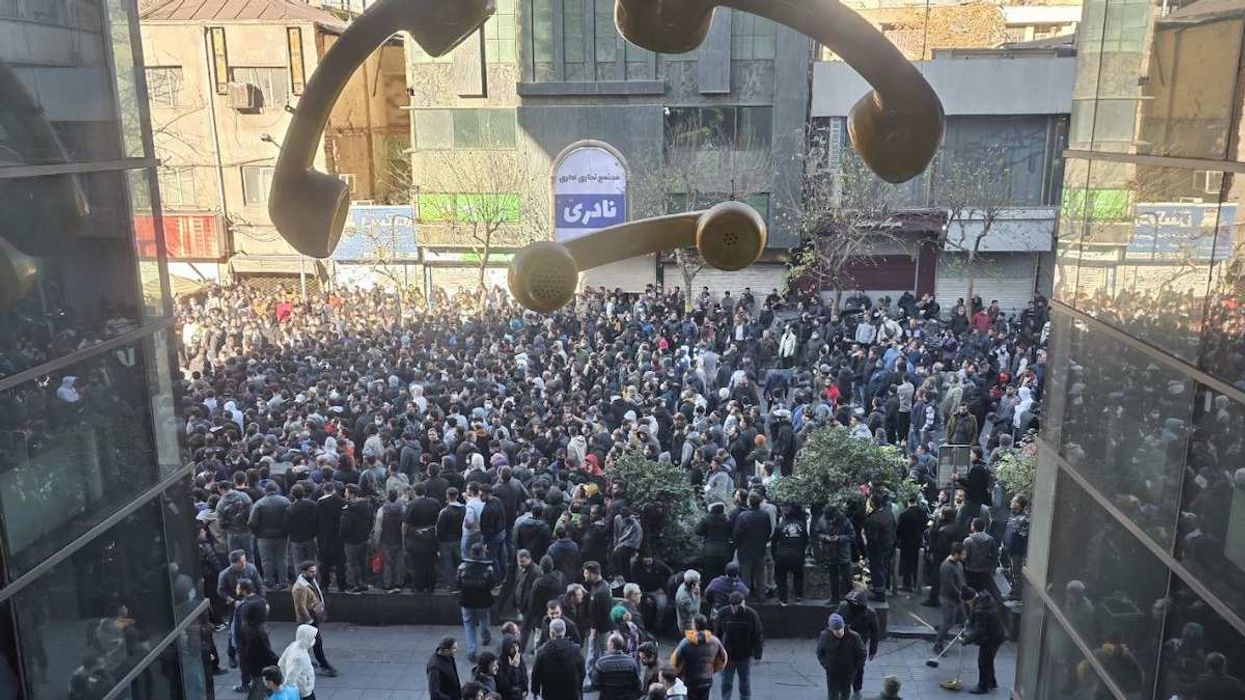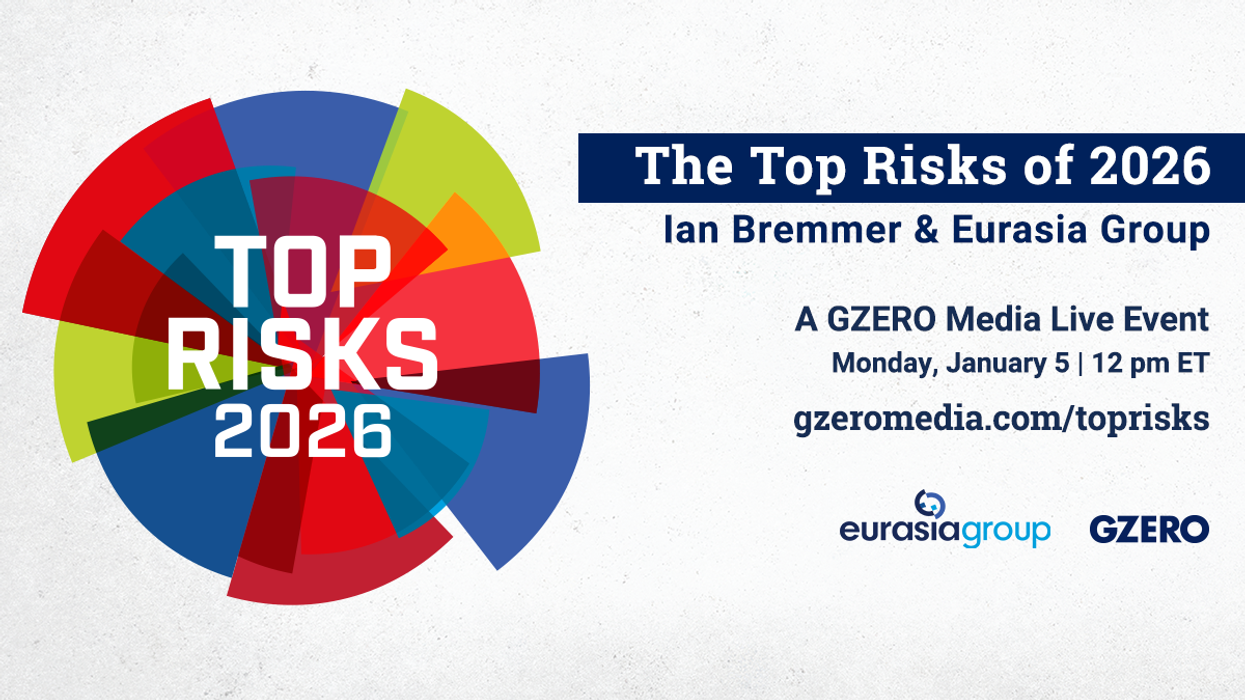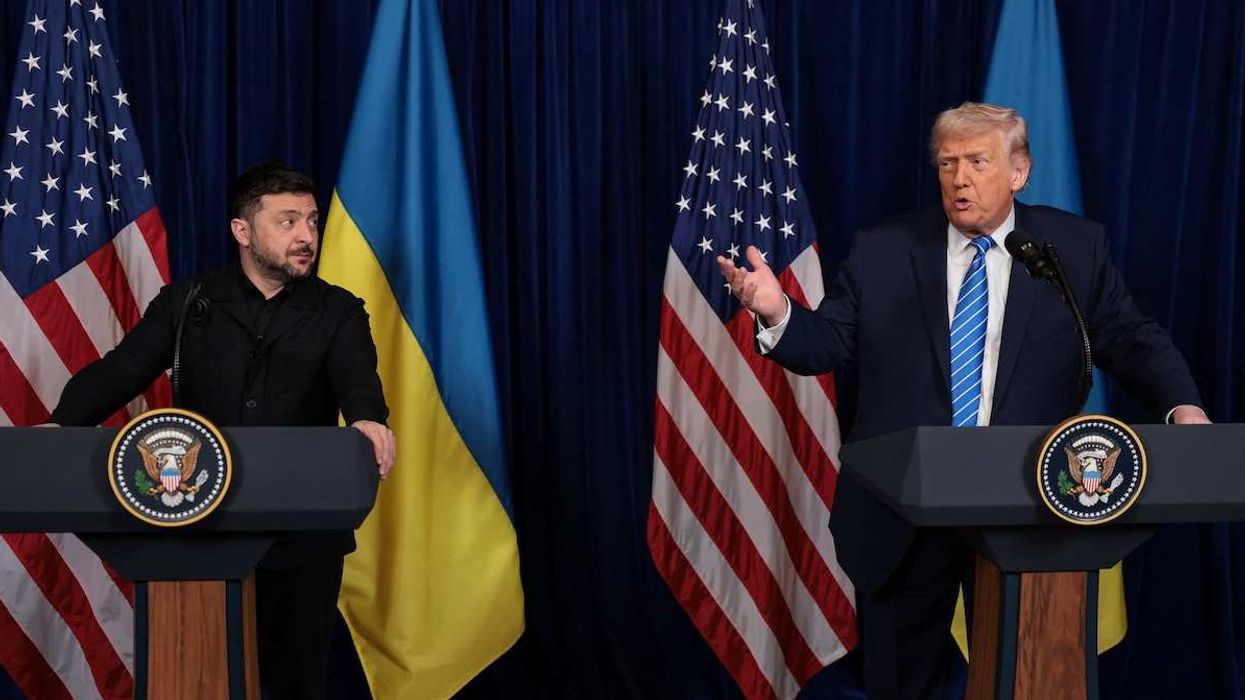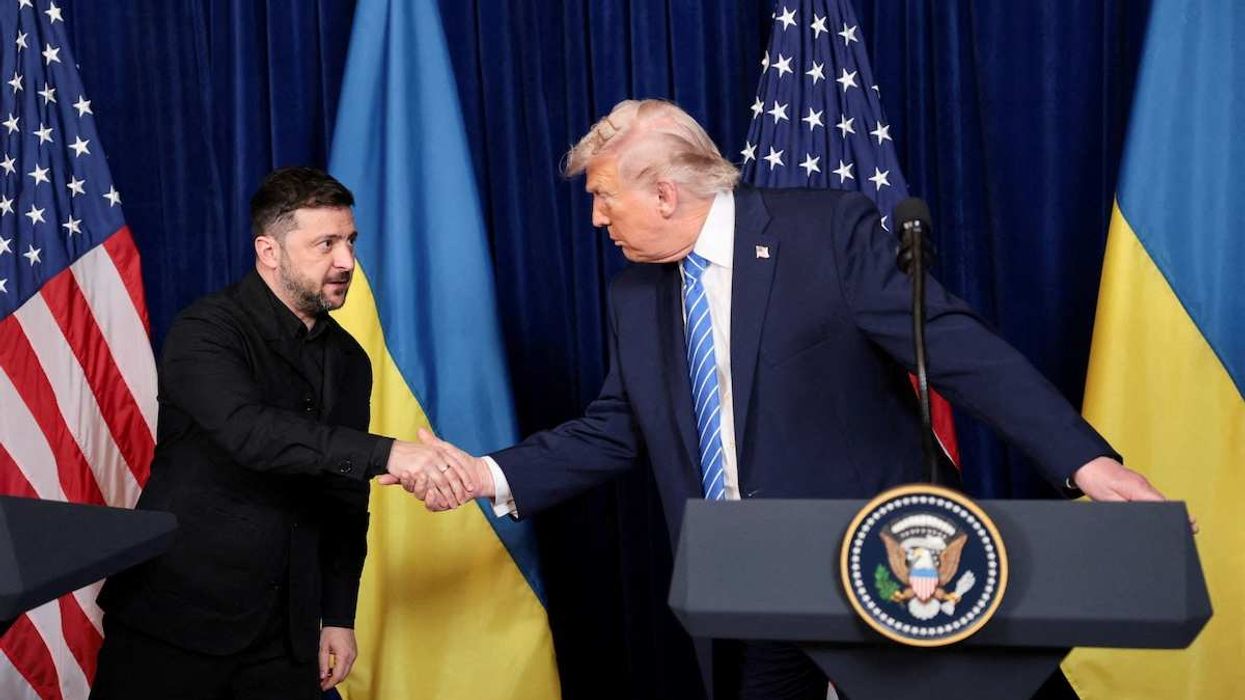After decades of pacifism, Japan recently announced that it will double its military budget over the next five years to become the world’s third-biggest defense spender behind the US and China.
How did Tokyo, whose commitment to pacifism is enshrined in the country’s post-war constitution, get here? And what are the implications – at home and abroad – of the world’s third-largest economy embarking on a major military buildup?
Japan’s move towards beefing up its military posture has been incremental. Tokyo's transition to increasing its fighting capacity has taken decades of debate by successive governments. Politically, the measures have been slow but steady, with many initiated during the long tenure of recently slain former Prime Minister Shinzo Abe, including a more enhanced role of the National Security Council, which has translated into the loosening of arms controls, the constitutional re-definition of collective defense to fight alongside partners, and Tokyo’s founding membership of the Quad. More recently, Tokyo unveiled its first new national security strategy in a decade.
What is Prime Minister Fumio Kishida actually pushing for? In short, doubling the defense budget to 2% of GDP by 2027. For starters, $315 billion are earmarked for multi-dimensional defense over the next five years, including the acquisition of Tomahawk cruise missiles that could hit targets in mainland China. Critically, besides filling a major gap through a 20,000-strong cyber force, Japan would also build counter-strike capabilities to conduct retaliatory attacks on and across the Korean Peninsula, with the ability to penetrate Chinese defenses.
This isn’t just a military tech upgrade. It’s the end of the country’s pacifist foreign policy. “For years, Japan talked the talk — about increasing defense spending and acquiring counter-strike missile capabilities — without walking the walk,” says David Boling, director of Japan & Asia Trade at Eurasia Group. “Now it's walking the walk. Maybe even starting to run.”
Why is famously pacifist Japan beefing up at this rate? For more than half a century, Tokyo has refused to call its military a military – referring to it as a self-defense force – and has limited its uniformed engagements to multilateral peacekeeping missions aligned closely with the US.
“The reason for Japan’s new hawkishness can be explained in one word: China,” Boling says.
“China’s constant intrusions into Japan’s territorial waters, its rapid military buildup, and its firing five ballistic missiles into Japan’s exclusive economic zone in August during the military exercises around Taiwan — all these combined to reach the tipping point for Japan,” adds Boling.
But China’s buildup isn’t just rapid and advanced. For a Japan haunted by memories of Hiroshima and Nagasaki, it’s increasingly nuclear too. Considering that Japan has long supported Taiwanese democracy, the more Beijing threatens Taiwan, the more imperiled Japan feels. This is due to both the political and geographical proximity between Tokyo and Taipei.
The problem on the peninsula. Japan is also feeling increasingly threatened by Pyongyang. Experts think a fresh nuclear test looks inevitable – which would be the seventh since Pyongyang went nuclear in 2006 (the last one was carried out in 2017). North Korea has conducted 86 missile tests this year, an all-time high, with many projectiles launched into Japanese airspace.
Add Russia’s actions in Ukraine, as well as China’s saber-rattling with India in the Himalayas to the contemporary geopolitical mix, and the messaging for Tokyo is clear: Aggression isn’t a mere policy option. On the Eurasian landmass, when strong armies confront a weaker force, it’s an actual policy.
The politics of it all. Kishida is already facing pushback at home. Influential members of his Liberal Democratic Party have already renounced his solution for paying for the spending hike by increasing taxes. The pushback from within the ruling party may also be connected to Kishida’s low approval ratings, which are hovering in the 30s and have been hammered by a year of controversial decisions, a weak economy, and a spiraling yen.
Critically, more than 60% of Japanese favor the newly proposed counter-strike capability. In a new poll released after the proposed militarization, the majority of respondents favored Kishida’s plan to boost defense, with 55% endorsing the new national security plan.
Moreover, Eurasia Group’s Boling surmises that Kishida has some other factors in his corner, including a weak opposition, growing national support for sanctions against Russia, and years of experience in navigating national security as a former foreign minister. Kishida’s also wary of recent China-centric and defense-based polling: According to a recent survey, a third of the Japanese population thinks that there will be a military conflict in the Taiwan Strait.
Indeed, according to Boling, the recent intra-party controversy over raising taxes for defense is a sign of what’s to come.
“It augurs increased friction between Kishida and other leading LDP members in 2023,” he says.
